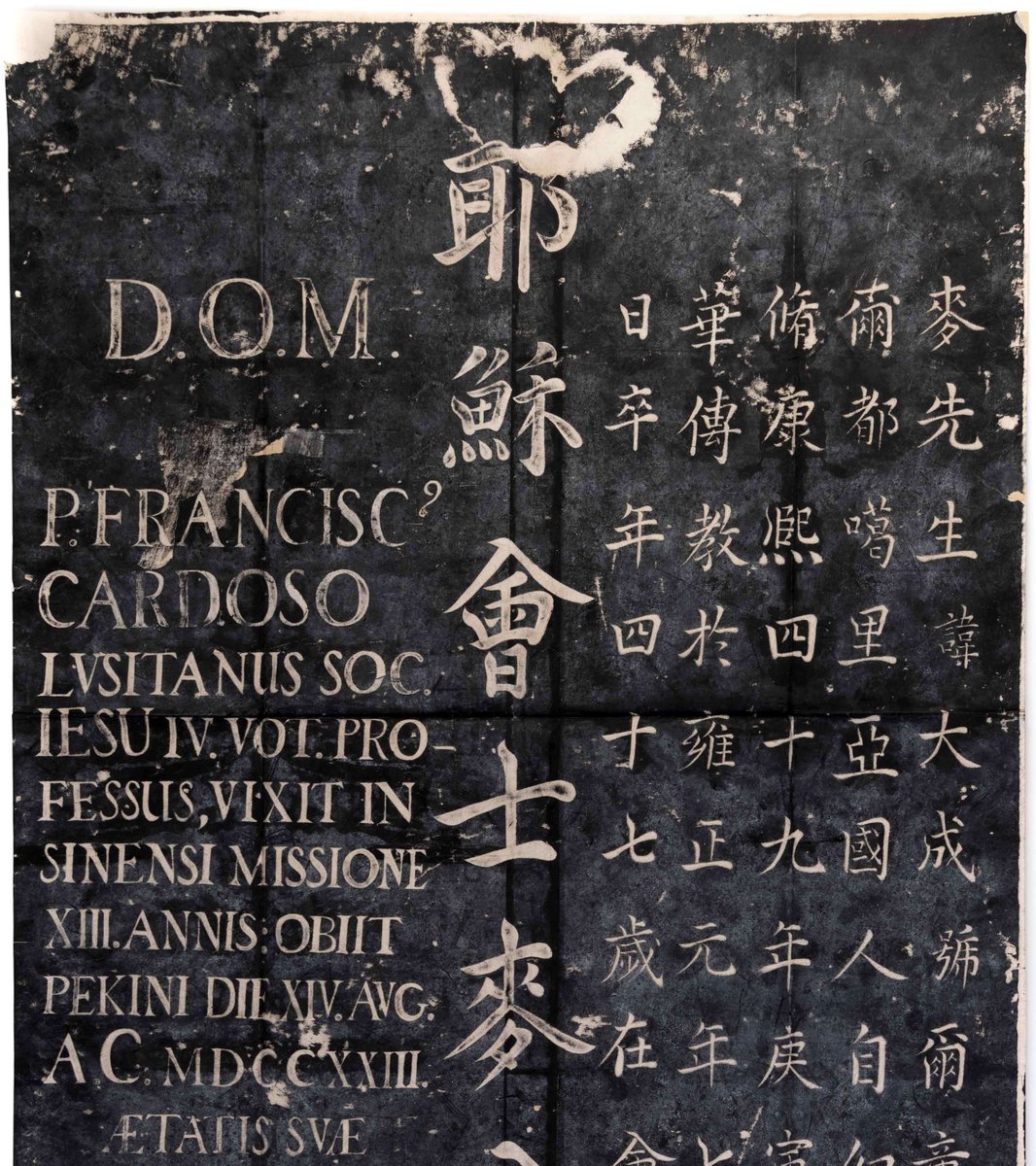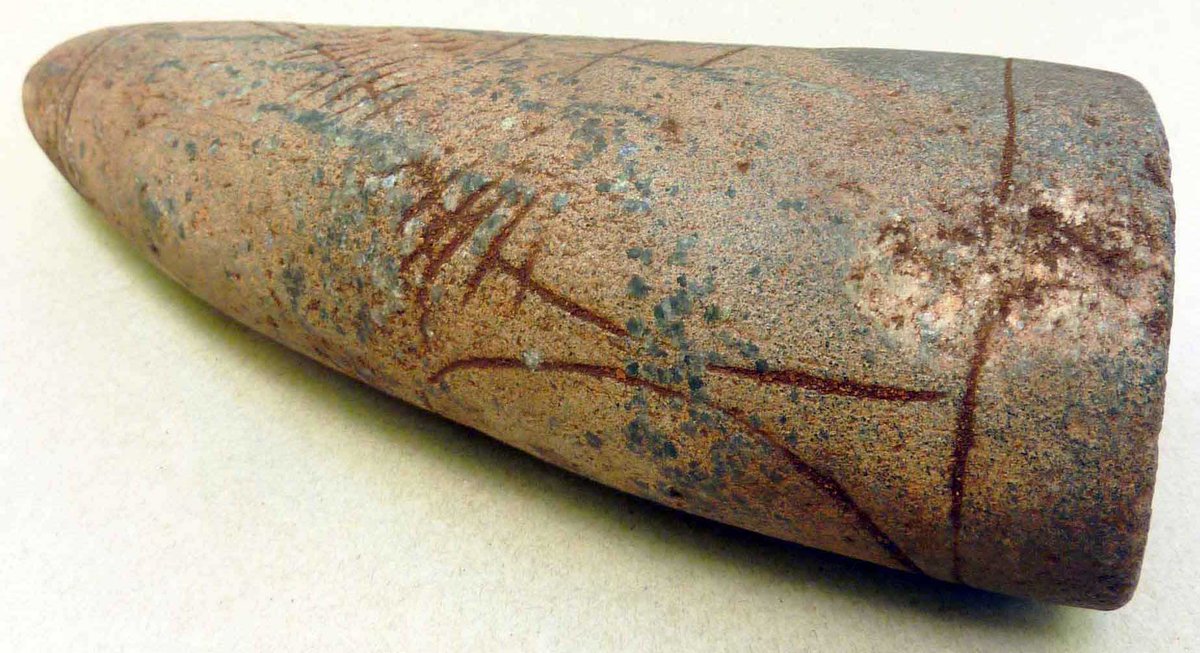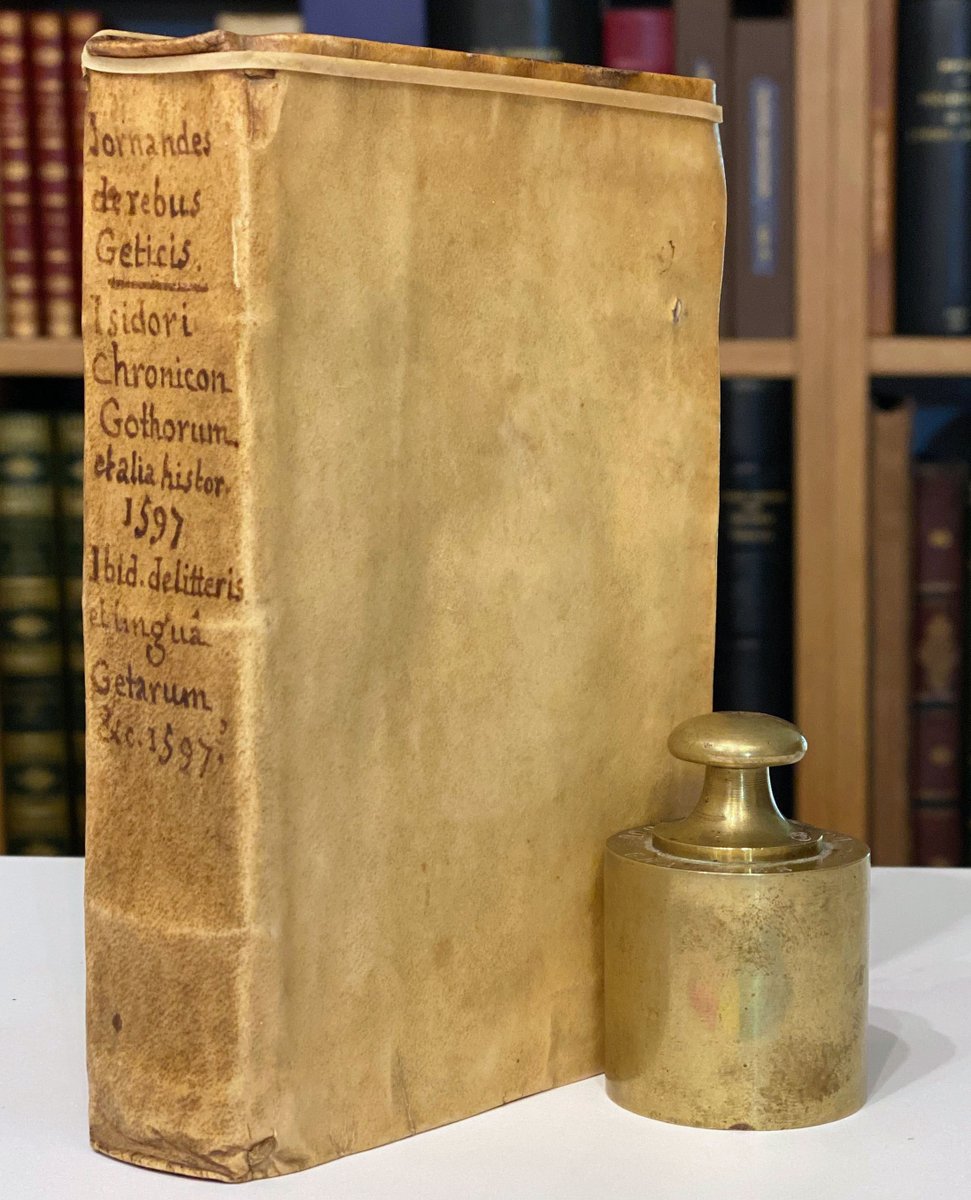
Germany, one of the richest countries in the world, agrees, after years of negotiation, to pay €1.1 bn over 30 years to Namibia - a shameful pittance in this context - for the cold-blooded state-approved murder of well over 100 000 Herero & Nama victims.
theguardian.com/world/2021/may…
theguardian.com/world/2021/may…
The horror of this genocide is not well understood outside Namibia. I've spent a lot of time there; I've seen the postcards sent by German troops to their wives back home, with photos of dozens of dead Hereros - incl. children - lain out on the ground, or hanging from gallows. 1/
This was an officially sanctioned cold-blooded attempt to exterminate an entire people, a direct forerunner of the Holocaust. There's no atonement possible for wickedness on this scale, but what has finally been dragged out of the German government is shamefully inadequate. 2/
I don't believe in genetic guilt - children should not be responsible for the sins of their parents. But *governments* are another matter: the German government today should absolutely pay reparations to the descendants of people murdered in its name, whenever that happened.
The German commander, General von Trotha wrote: "Any Herero found inside the German frontier, with or without a gun, will be executed. I shall spare neither women nor children. I shall give the order to drive them away and fire on them. These are my words to the Herero people."
Von Trotha was chosen by Kaiser Wilhelm II to command the German forces in Namibia precisely *because* of his psychopathic butchery previously in China, and was in continual communication with Wilhelm II throughout the extermination campaign against the Herero and Nama peoples.
The present value of €1.1bn over 30 years is about €500m. The German state's budget in 2020 was €508 billion. So in return for mass murder & the attempted extermination of an entire people, the German state has now offered to pay one thousandth [1/1000] of one year's spending.
• • •
Missing some Tweet in this thread? You can try to
force a refresh
























